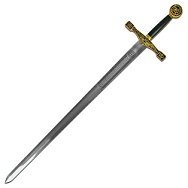Addie
Chef Extraordinaire
Spam came about during WWII. The goverment needed a source of meat for the military. Morrell had left over meat from the pig (smoked shoulder) and developed Spam with it. They got the contract. It was sent to the Pacific to see how the military would take to it For those who wouldn't eat it, it made a great item for trade with the native population. For a meat starved areas of the globe, it was a great hit. The Japanese would confiscate most local foods. But they wouldn't touch the Spam. They didn't understand the concept of canned foods. Remember at that time, the can of Spam had a key attached to it and you didn't need a can opener. 
Last edited:



